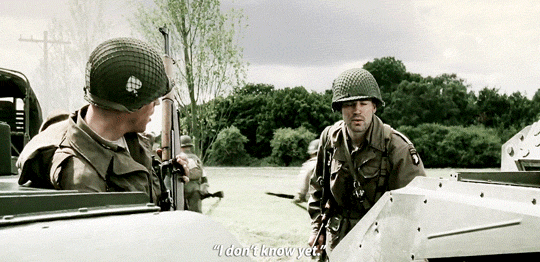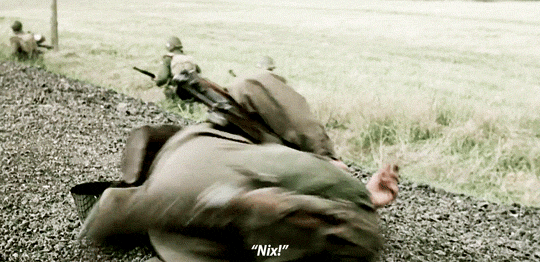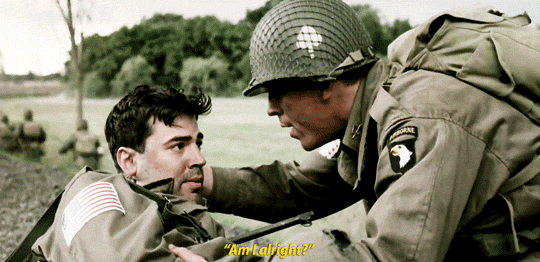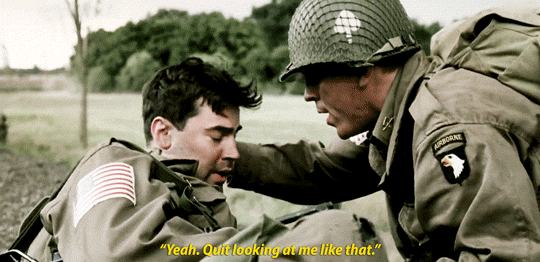With so much WWII content out there it's hard to know what's worth your time and what isnt - enter this blog! Reviews of movies, series, and books that often get passed over looking for hidden gems. Lists of upcoming media under Links. New reviews temporarily on Sunday evenings. Submissions, suggestions, or requests are always welcome!
Last active 3 hours ago
Don't wanna be here? Send us removal request.
Video
youtube
Outrageous Season 1 Trailer
0 notes
Text

Marines packing parachutes at Camp Lejune in 1942
56 notes
·
View notes
Text
Outrageous (2025-)

Basic Story: The true story of the Mitford family, whose sisters had varied and opposing political views leading up to and during the war.
Fan Thoughts: Nancy Midford, the eldest sister, is the narrator of the series and chronicles the lives of her family members through the late 1930s in the first season of the show. Nancy struggles with her romantic relationships and tries to hold her family together despite the difficulties in her personal life. Unity Midford is the next most prominent character, she is convinced that fascism is the answer to the world's problems and spirals deeper and deeper into her beliefs until she becomes a friend to Hitler himself. Unity grows closer to her sister Diana through her political views as Diana is involved with the leader of the British Union of Fascists, Oswald Mosley. Counter to Unity and Diana is Jessica Mitford, a supporter of the Communists who at the end of the season is attempting to go to Spain to fight on their side in the Spanish Civil War. The last two sisters, Pamela and Deborah, have minor storylines so far but will likely develop more in future seasons. While all of these beliefs in the same family would be drama enough, as whole they are also dealing with more mundane struggles like the fading of the aristocracy and maintaining their status in the changing world of the 1930s. The stories individually are fascinating and having them all within the same family would strain belief if not for the fact that it all is verifiably true, leading to a complex series of interwoven stories and relationships. Despite the complexity, the writing makes the story easy to follow and the acting is superb giving believable weight to the interactions between he sisters as they struggle to maintain their relationships on opposite sides of their political divides. The challenges facing the family and each member and their rapidly changing world feels very relevant for the current times.
Warnings: injuries shown on-screen
Available On: AppleTV, Prime Video, YouTube
0 notes
Photo
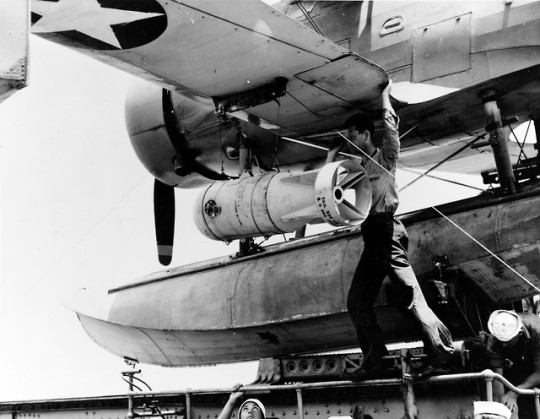
A crewman loads a Mk XVII depth bomb onto an SOC Seagull aboard USS Philidelphia (CL-41), July 1942
195 notes
·
View notes
Photo
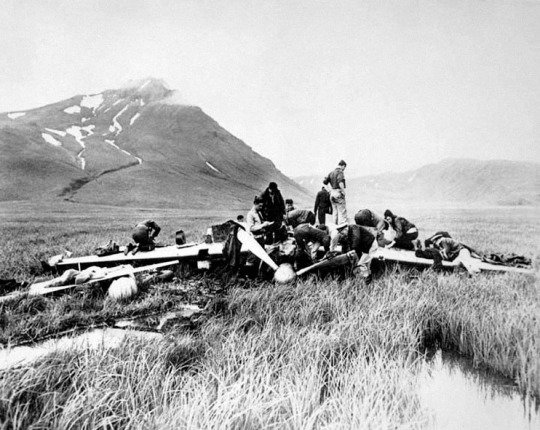
US military personnel inspecting a downed A6M Zero on Akutan Island, Alaska, 11 July 1942.
87 notes
·
View notes
Text









BAND OF BROTHERS 1x04 replacements
188 notes
·
View notes
Text

Miss Ginna III of the 324th Fighter Group in Tunisia, 1943
84 notes
·
View notes
Text

Salvaging Parts of Damaged Vought "Corsair" F4Us Aboard the USS Bennington (CV-20)
Record Group 80: General Records of the Department of the NavySeries: Color Photographs of U.S. Navy Activities
A group of men work on a damaged military plan on the deck of an aircraft carrier.
88 notes
·
View notes
Text








BILL LEYDEN and JAY DE L'EAU in THE PACIFIC (2010) Part V: Peleliu Landing
"Jesus, these guys are supposed to be 60 mortars."
50 notes
·
View notes
Text
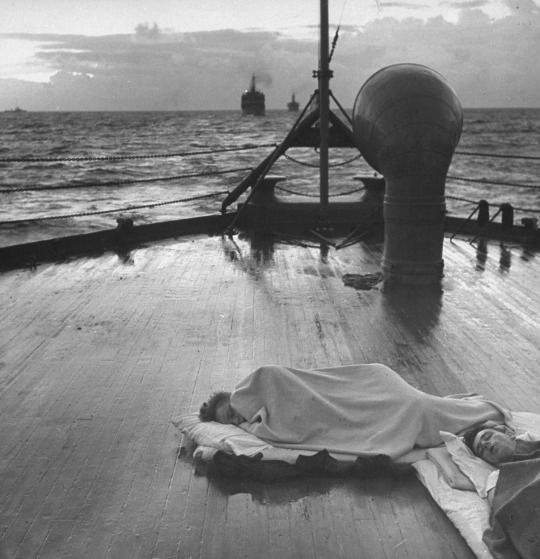
Sailors sleeping on the deck of USS TEXAS (BB-35), while on escort duty in the Atlantic Ocean.
Photographed by Frank Scherschel for LIFE Magazine in 1942. Identify by Peter DeForest.
LIFE Magazine Archives: 571142
127 notes
·
View notes
Text
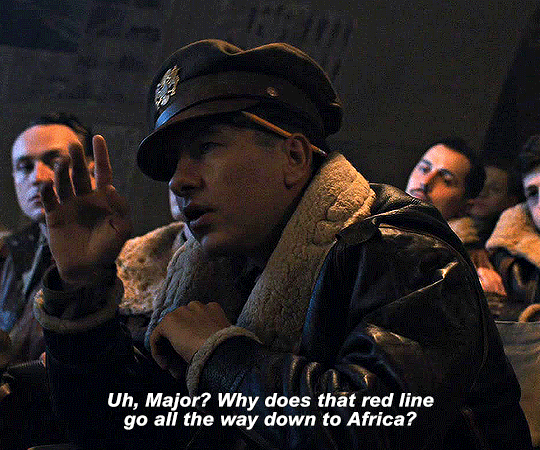

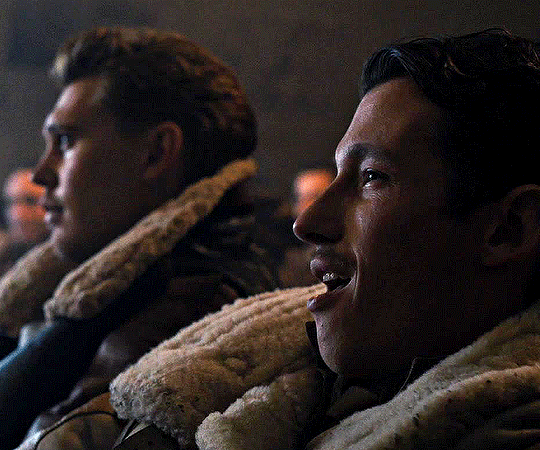
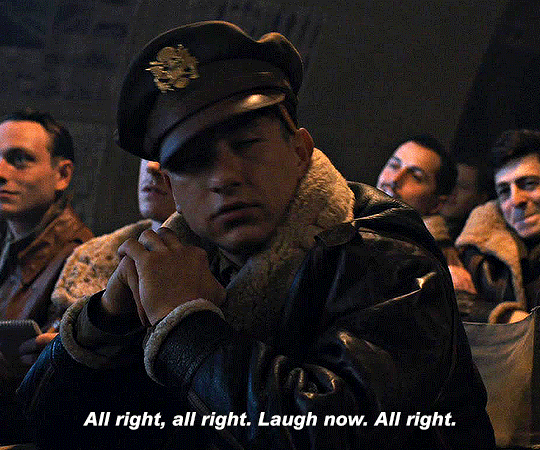
MASTERS OF THE AIR 1.03
304 notes
·
View notes
Text
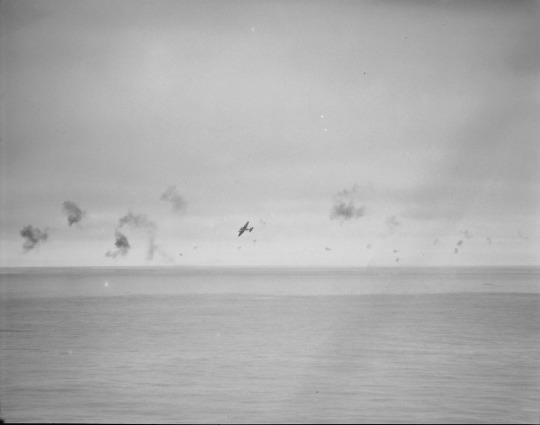
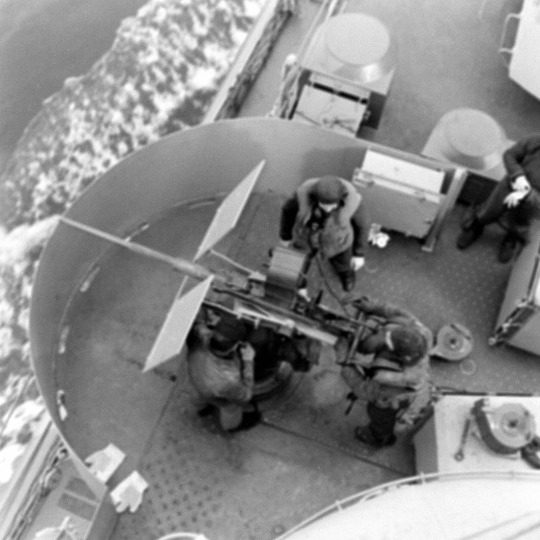
"USS WAINWRIGHT (DD-419) fires on Luftwaffe He 111 Torpedo Bombers attacking Arctic Convoy PQ-17 on July 4, 1942.
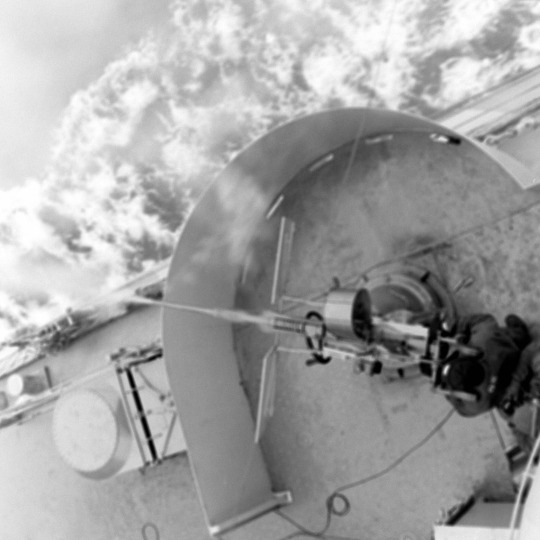
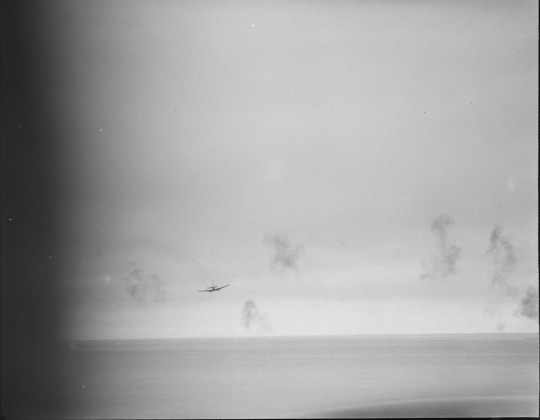

Originally part of the Cruiser Covering Force, on the afternoon of July 4th, WAINWRIGHT joined the convoy to refuel from the tanker Aldersdale. Before starting the refueling, Luftwaffe He 111s attacked and Wainwright assisted the convoy in repulsing two consecutive attacks by the torpedo bombers. During an ensuing dive-bombing attack, she evaded an attack by Ju 88s with the nearest bomb landing at least 150 yards away.

After the dive-bombing attack, a two-hour lull in the action allowed Wainwright to resume refueling, but the Luftwaffe returned around 1820hrs with 25 He 111s. The Heinkels divided themselves into two groups for the attack, WAINWRIGHT's fire on one of the two groups proved so effective that only one managed to penetrate her defenses to make the torpedo drop between WAINWRIGHT and the convoy. The other He 111s in that group dropped their torpedoes from further out that resulted in excessive torpedo runs to the convoy that the ships in the convoy easily evaded.
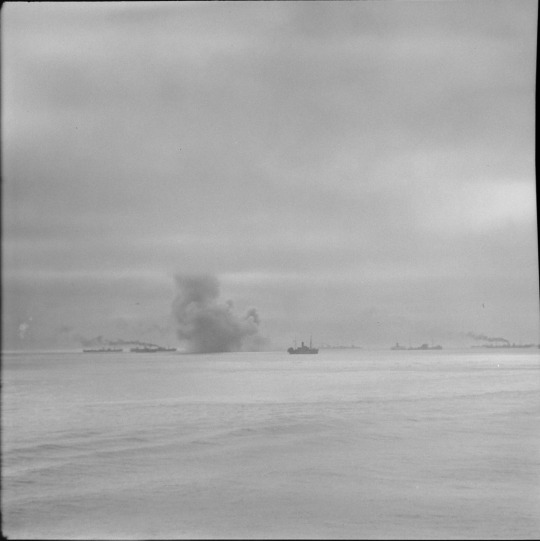

Torpedos from the 2nd group of He 111s hit two ships in the Convoy; William Hooper and Azerbaidjan.
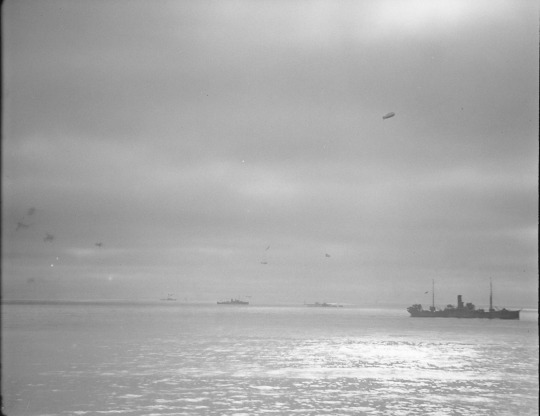
Afterwards, when Convoy PQ-17 was ordered to scatter due to a supposed German surface ship threat that included the Battleship TIRPITZ, the convoy lost 24 of its 35 merchant ships to combined German aircraft and U-Boat attacks."
Photographed by Frank Scherschel for LIFE Magazine. Identified by Peter DeForest.
LIFE Magazine Archives: 115781364, 115781365, 115781377, 115781380, 115781378, 115781389, 115781390, 115781391, 115781379
72 notes
·
View notes
Text









Ack Ack got me my battlefield commission on the Canal. Seems like a thousand years ago now.
Capt. Andrew "Ack Ack" Haldane & Lt. Eddie "Hillbilly" Jones in THE PACIFIC (2010)
206 notes
·
View notes
Text

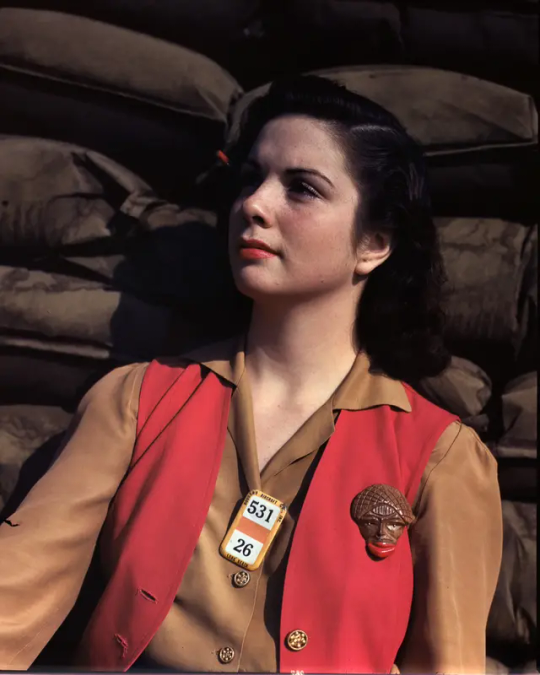
Two assembly workers take a lunch break next to heavy bomber nacelle parts at the Douglas Aircraft Company plant in Long Beach, California. Credit: Alfred T. Palmer.
167 notes
·
View notes










